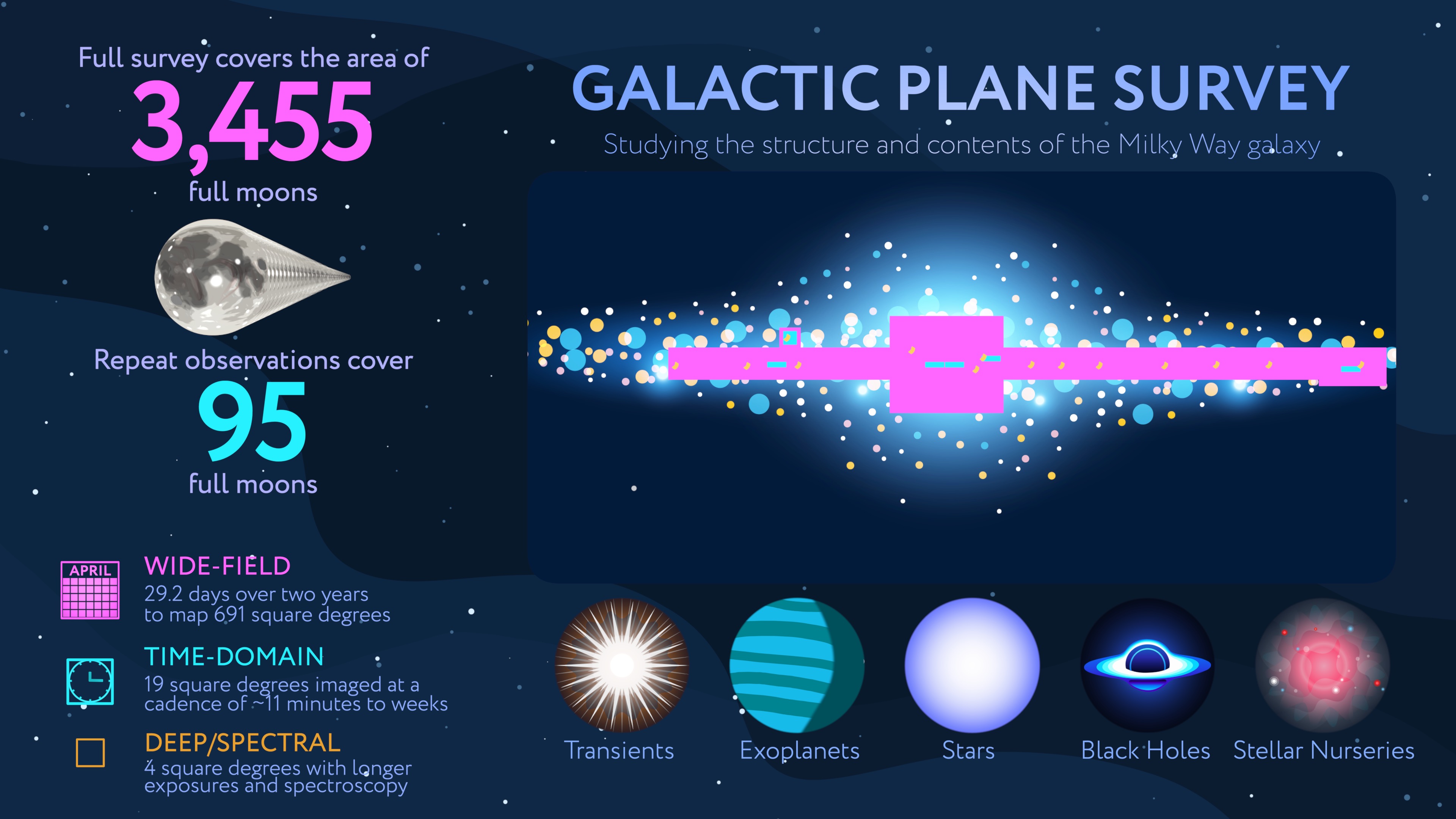(PLANETQUEST) -- Just how similar to Earth is the newly discovered planet orbiting the star Gliese 581? Until astronomers can take a closer look with a space-based exoplanet mission, that answer is likely to remain a mystery, NASA experts said.
"This finding is encouraging news for those who believe habitable planets are very common," said Michael Devirian, manager of NASA's Exoplanet Exploration Program. "The next step is for follow-up space missions to take a closer look."
The discovery was announced last week by a team of planet hunters from the University of California Santa Cruz and the Carnegie Institution of Washington. The new planet orbits within the so-called "habitable zone" of its star, where liquid water and life as we know it could exist, and may be small enough to have a rocky surface like Earth's. Although astronomers have detected nearly 500 planets beyond our solar system since the late 1990s, this is the first potentially Earthlike world.
Victoria Meadows, an astrobiologist with the University of Washington, called the announcement "enormously exciting." "We're all a bit shell-shocked," she said. "We need direct observations of the planet to really study it, as opposed to guessing what it might be like ... we're dying for more info. But this is a hopeful sign that there will be plenty of planets like this to study in the future."
The announcement also raised hopes that the Kepler mission, which is currently searching a field of 100,000 distant stars for habitable planets, will turn in a bumper crop of Earthlike worlds.
The discovery was the result of more than a decade of observations using the W. M. Keck Observatory in Hawaii, one of the world's largest optical telescopes. The research was sponsored by NASA and the National Science Foundation.
The paper reports the discovery of two new planets around Gliese 581, bringing the total number of known planets around this star to six, the most yet discovered in a planetary system outside of our own. Like our solar system, the planets around Gliese 581 have nearly-circular orbits. The system is located 20 light-years from Earth in the constellation Libra.
Written by Joshua Rodriguez/PlanetQuest
































